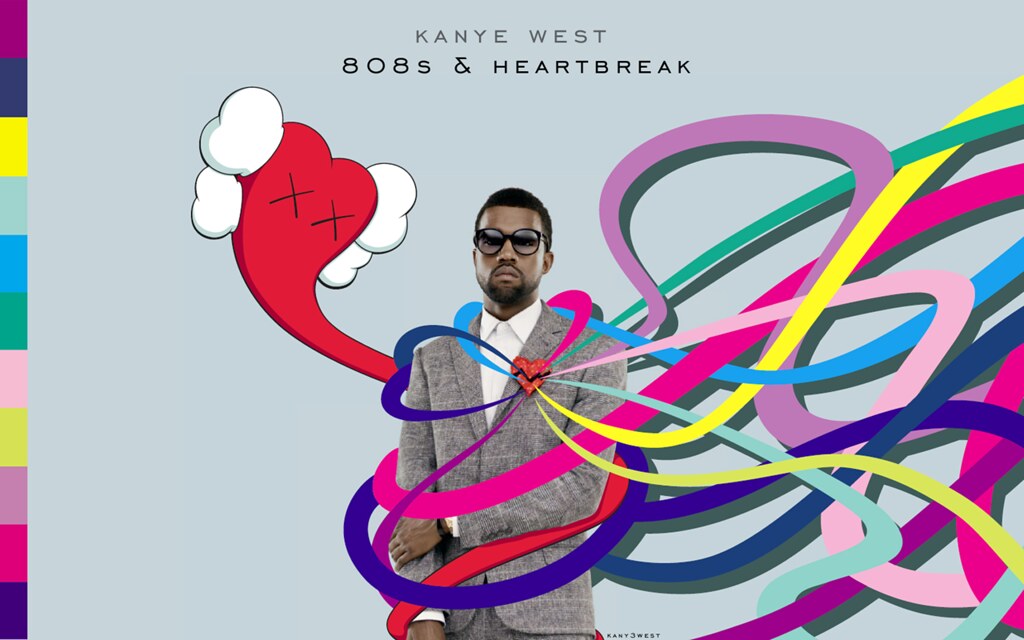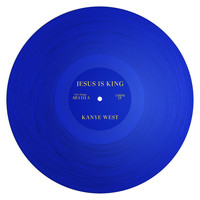

The end came with “Pinocchio Story,” with Kanye beginning the song from offstage until he slowly entered wearing a heavy burlap outfit that also had his head entirely covered. “This is one of the best dress rehearsals,” he said in the night’s only moment of frustration. Late in “See You in My Nightmares,” Kanye walked over to the band for a comment, then over to his string section to flip a page on his conductor’s sheet music. girl!” And a thundering, deep bass note launched “Bad News,” before the sound of gunfire sent him crashing to the stage floor over and again. Kanye led the crowd to sing along to the line: “Spoiled little L.A. “Robocop” began with lush, uplifting strings before shifting into electronic beats. “Having a good time tonight?” West asked, then said, happily, “It’s my first time getting to play here!” More fireworks erupted above the stage as Kanye paced and brought out Young Jeezy to recreate his rap on the original to an understated piano melody.ĭuring the confident, romantic “Paranoid,” he was joined by two singing partners, Mr Hudson and Kid Cudi, who climbed the staircase with West. During “Amazing,” onstage bleachers emerged filled with men in white jeans and no shirts, their chests and faces covered in powder. Rolling Stone named it one of the 40 Most Groundbreaking Albums of All TimeĪt the Bowl, there was little doubt of the album’s significance to Kanye West, who created a carefully choreographed evening around the songs.

Some fans were initially confounded, but it turned out 808s & Heartbreak was a beautiful piece of music, went platinum and became hugely influential to a generation of wounded seekers like The Weeknd and Drake and robo-pop crooners like Future. Songs were ruminations on life and death, love and resurrection.

Bravado was replaced by self-doubt and dissatisfaction. Most meaningful was the brooding tone of the music, created in the aftermath of his mother’s death and following the unhappy end of a serious romance. Instead of rapping, West mostly sang with the help of Auto-Tune, a technological trick some feel is an irritant, but bent to his own needs. Released in 2008, 808s & Heartbreak was only his fourth album but was seen as a huge departure, named in part for the iconic drum machine (the Roland TR-808) and inspired by Eighties synth pop. The Kanye West who appeared at the Bowl was a man in command of the art and message of his most personal work. It’s not because of endless TMZ footage of him passing though airports or award show melodrama. It was also an entirely triumphant night for West, and a reminder why we keep paying attention. There was purity in that, even if that was cold comfort to someone who just spent $30 on Bowl parking. There was no encore of hits, no “Gold Digger” or “Jesus Walks.” The night was dedicated entirely to a particular piece of music and a particular point in time, and fans arrived to find printed programs with a “libretto” of lyrics waiting in their seats. Kanye was onstage for just an hour and stayed true to the concept, performing 808s & Heartbreak in full and nothing else. Amid the blazing electro-beat of “Welcome to Heartbreak,” he questioned the value of material things: “My friend showed me pictures of his kids/And all I could show him were pictures of my cribs.” Performing the album in order, Friday night began with “Say You Will,” as West sang to a woman painted gold at center stage, with fireworks to underscore the heat within these sometimes agonized tunes, created before marriage and fatherhood. The first of two sold-out nights, it was a high-profile event, with a gaggle of Kardashians seated by the soundboard, including wife Kim, cell phone in hand. All were dressed in white beneath the Bowl’s massive clamshell. Friday night at Los Angeles’ Hollywood Bowl, Kanye West let his music speak loudest, leading a rare performance of his 2008 opus 808s & Heartbreak, an eccentric, minimal album now considered among his greatest achievements.įor an album built on little more than drum machines and Auto-Tune, West brought what seemed to be a cast of hundreds, including a full orchestral string section, background singers, an electronic band and 14 women dressed in solemn chador-style garments.


 0 kommentar(er)
0 kommentar(er)
